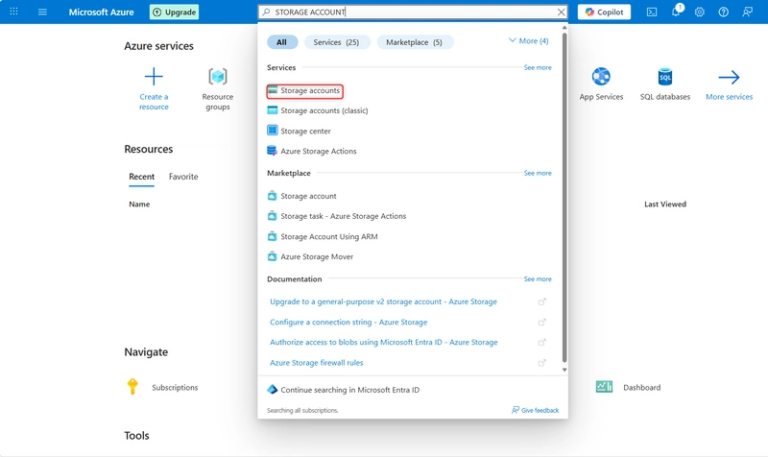The Ultimate Guide to Custom Software Development for Businesses
In today’s technology-driven world, businesses need more than just generic tools to stay competitive. Off-the-shelf software may work for basic needs, but it often falls short when it comes to addressing unique workflows, scaling for growth, or integrating with existing systems.
That’s why many organizations turn to custom software development — a tailored approach to building solutions that align perfectly with business goals.
This guide will walk you through everything you need to know about custom software development, from what it is to how it can transform your business operations.
What is Custom Software Development?
Custom software development is the process of creating software applications designed specifically for a particular business, user group, or purpose. Unlike ready-made applications, which are designed for mass use, custom solutions are built from the ground up to address your unique requirements.
This approach ensures your software is:
Tailored to your workflows.
Scalable as your business grows.
Integrated with your existing tools.
Secure with industry-specific protections.
Why Businesses Choose Custom Software
Custom solutions offer several advantages over off-the-shelf software:
Personalized Fit – Every feature is designed to match your business operations.
Improved Efficiency – Automates repetitive tasks and streamlines processes.
Scalability – Easily expands as your needs evolve.
Enhanced Security – Reduces risks with tailored security protocols.
Long-Term Savings – Cuts recurring licensing fees and eliminates unnecessary features.
The Custom Software Development Process
Developing a custom application involves several key stages:
1. Requirement Analysis
Identify your business goals, challenges, and user needs to ensure the solution addresses the right problems.
2. Planning and Design
Create the architecture, user interface, and functionality blueprint. This step focuses on usability and scalability.
3. Development
Developers build the application using the agreed technology stack, ensuring features work as intended.
4. Testing & Quality Assurance
The software is rigorously tested to detect and fix any bugs, ensuring performance and reliability.
5. Deployment & Maintenance
The solution is launched, followed by continuous monitoring, updates, and support.
Industries That Benefit Most from Custom Software Development
While any business can benefit, some industries gain significant
advantages from tailored solutions:
Healthcare – Patient management systems, telemedicine apps.
Finance – Fraud detection, secure payment platforms.
E-commerce – Personalized shopping experiences, inventory control.
Manufacturing – Supply chain and production management systems.
Best Practices for Successful Implementation
To ensure your project delivers maximum value:
Set Clear Goals – Define exactly what you want to achieve.
Choose the Right Development Partner – Look for proven experience in your industry.
Prioritize User Experience – Make it intuitive and easy to use.
Plan for Future Growth – Build a solution that can adapt to changing needs.
Conclusion
Custom software development gives businesses the tools they need to operate more efficiently, enhance customer experiences, and stay competitive in a fast-changing market. By investing in a tailored solution, you’re not just building software — you’re creating a long-term asset that supports growth and innovation.
If your goal is to maximize efficiency and gain a competitive edge, custom software is the strategic choice to make.

